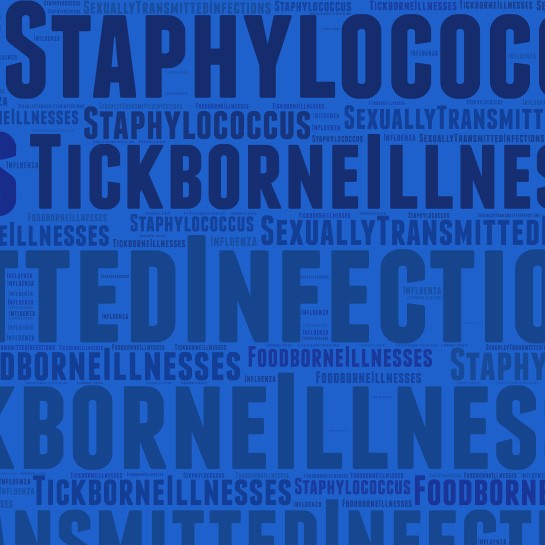Foodborne Illnesses
Treatment
What are foodborne illnesses?
Did you know that 48 million people in the United States get sick from contaminated food? The most common cause of foodborne illnesses are bacteria — such as Campylobacter and E. Coli — parasites, or viruses. And most times, food is already contaminated when you purchase it — raw meat may become contaminated during slaughter; whereas fruits and vegetables may become contaminated when growing or being processed for sale. However, food can also become contaminated if it’s left out at room temperature for over two hours.
What are the symptoms of foodborne illnesses?
Your symptoms will range from mild to severe, often being an upset stomach, abdominal cramps, nausea and vomiting, diarrhea, fever, and dehydration. If your dehydration is significant, additional symptoms may include lightheadedness or feeling faint, experiencing fatigue, less frequent and dark-colored urine, or excessive thirst.
How are foodborne illnesses diagnosed at ID Care?
ID Care physicians approach diagnosing foodborne illnesses through an analysis of stool, a sample of vomit, or if available, a sample of the food you suspect made you ill. These tests, alongside a thorough evaluation of your symptoms and medical history, allow our team to diagnose and treat foodborne illnesses of any kind effectively.
How does ID Care treat foodborne illnesses?
In most cases, the best treatment for foodborne illnesses is to drink more fluids, especially those with higher electrolyte levels, to prevent dehydration. ID Care specialists also recommend that you pay attention to how much you urinate and what it looks like. And although it may be tempting to take an anti-diarrheal over-the-counter medication, our team recommends avoiding them because they have the potential to slow down your body’s ability to eliminate bacteria or toxins naturally. If your symptoms become more severe (e.g., persistent vomiting or diarrhea for more than several days; bloody, black, or tarry diarrhea; fever over 101°F; confusion; or unbearable abdominal pain), hospitalization may be required.
SOURCE: Mayo Clinic








